World Fine Art Professionals and their Key-Pieces, 58 - Wanda Michalak
World Fine Art Professionals and their Key-Pieces, 58 – Wanda Michalak
Wanda Michalak is a phtographer and a traveller. In Poland, where she was born, the smell of photo chemicals hung in the air in her younger years. With a baby she arrived in 1980 in Amsterdam. A few years later she passed through the Cook Islands in New Zealand, where she discovered that photography was indeed her calling.
When I spoke with her some months ago she was about to take again a long trip. To New Zealand and to Papua New Guinea. I spoke with her in the living room above her own gallery, Gallery WM at the Elandsgracht in Amsterdam.
The landscape
For twenty years she is making photographs of nature and people, landscapes and self-portraits. Initially with many cameras around her neck, nowadays with a simple phone. Not all are phoneshots, but many. Recently her last pictures about beauty, danger and humor in Australia were to be seen in the exhibition “Beware of Stonefish” in her own gallery. Most photos were taken with the phone, a large one, “The Rock”- a beautiful photo of a huge rock – was created with the big camera.
Why is the theme of landscape so important to her? Wanda Michalak: ‘I capture certain spots and their beauty. Maybe that spot is no longer there in twenty years. I have been trying to find spots back earlier and I didn’t find them anymore. They were gone.’
And she fights for animal rights. ‘I’m not going to extricate them from a farm, but I photograph them. I recently heard the good news that a Judge in Buenos Aires had determined that a zoo in Buenos Aires had violated the rights of an orang utan as a “non-human person” by holding the ape.’
World Watching
Het key work is “World Watching””, a project she’s working on since 1992. She more or less completed it in 2007, but afterwards occasionaly worked on it. In these pictures she features as a nude model. ‘I go to special places, I take off my clothes and I feel the air. It is wonderful to sit on a warm rock.’
In the words of artist Harrie Blommesteijn: ‘Michalak’s work shows us in an intriguing way her deep connection with nature. By putting herself as a classical nude model in an ever changing but always beautiful landscape she refers to paradise and innocence of man. She adds to nature and becomes part of it, as nature also seems to gave an extra to her. It results in images that radiate vitality and optimism and at the same time serenity and tranquility.’
‘On every trip – and then only – she adds images to make the series also an account of her journey through the world and through life. It is a fascinating series where interesting developments are visible, as in recent works in which she doesn’t reveal her slender figure fully. It rather shows her in all her vulnerability , as though nudity is less revealing than the mystery.’
Living with birds
Last year she had in her own gallery and in Brisbane Graydon Gallery the exhibition “Living with Birds”. Michalak: ‘Three years ago we arrived at our new temporary home in Australia and we were greeted by black-white birds. Magpies they are called, big magpies. There were four: Mom, Dad, Bibi and Baby Junior. They kept me company all the time. They came in the morning and evening. They knew no shyness.’ I see pictures of the magpies on the bed, on het knee. Later, when so moved into a house on the other side of the River, she discovered that four possums – again dad, mom and two little ones – lived around the house. ‘They are like little monkeys. I put a plate of fruit for them. They are nocturnal, it was difficult to capture them on film.’
Carrington Polytechnic
Wanda’s mother – who was visiting her daughter in Amsterdam and who opened the door for me – had a photoshop in Otwock, Poland. Michalak: ‘I pretty much grew up in the dark room. On my ninth I got my first camera.’ In the early eighties, she followed photography courses in Amsterdam at De Moor, later called The Amsterdam Centre for Photography, under the care of Bob van den Berg. ‘But I became a professional after I had finished my photostudies at Carrington Polytechnical in Auckland. That institution had a very nice Art-Photography department.’
Back in Amsterdam in 1991 she taught photography, especially the technical aspects of the profession. And quite a few years she did the same in Warsaw – five times a year. Even in Brazil she gave workshops.
Dreaming a photo
How does she experience life as a photographer? ‘Very nice. I cannot live from it, but there is no need to. I can do what I want. I can choose who I want for the exhibtions. The aNTROPOLIGISTS iN aRT – het son Sebastian Rypson and Nahuel Blaton – found shelter in the gallery. Various exhibitions are organized by them.
Asked about her artistic philosophy she says: ‘There’s no grand idea. Everyone wants to express him- or herself somehow. I do so with photography. I’m good at it and I love it. I dream sometimes a picture and then, the next morning, I’m going out to make it. If I could draw well, I had done that.’
‘Initially people were my focus. I made a lot of portraits. But in Australia there were few people, in some places there even weren’t. The only living creatures were birds. So I began to shoot them.’
http://www.wandamichalak.com/wandamichalak/
http://ifthenisnow.eu/nl/verhalen/de-wereld-van-de-amsterdamse-kunstenaar-5-wanda-michalak
Disclaimer: The views, opinions and positions expressed within this guest article are those of the author Walter van Teeffelen alone and do not represent those of the Marbella Marbella website. The accuracy, completeness and validity of any statements made within this article are not guaranteed. We accept no liability for any errors, omissions or representations. The copyright of this content belongs to Walter van Teeffelen and any liability with regards to infringement of intellectual property rights remains with the author.

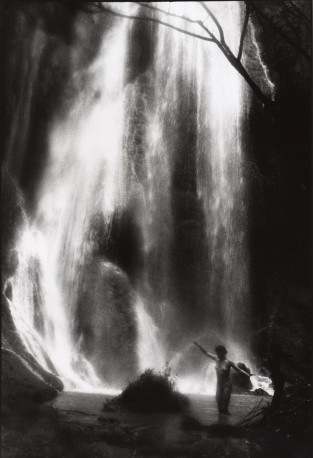
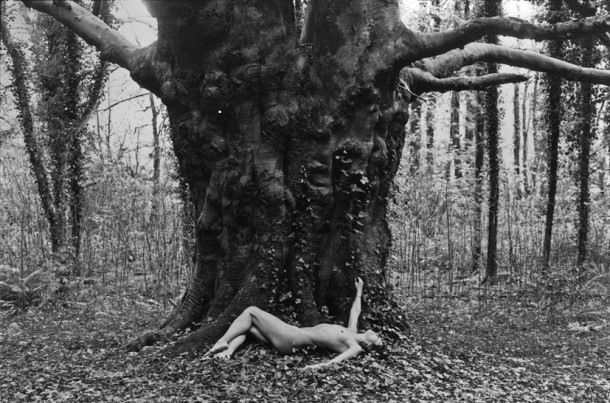
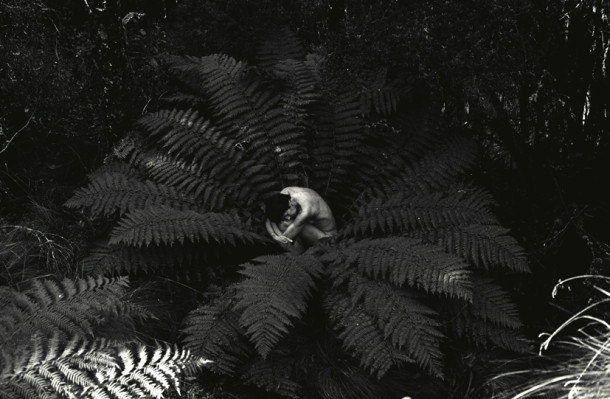
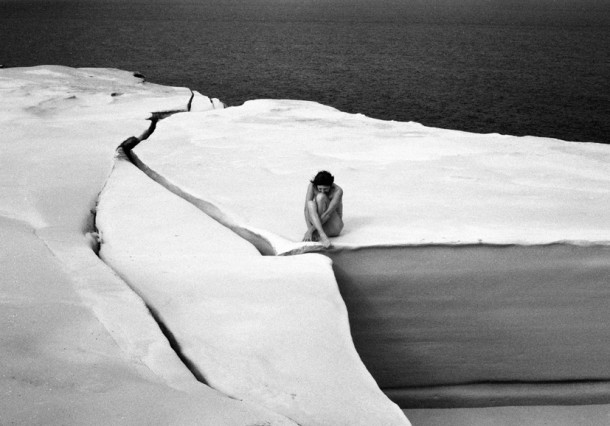
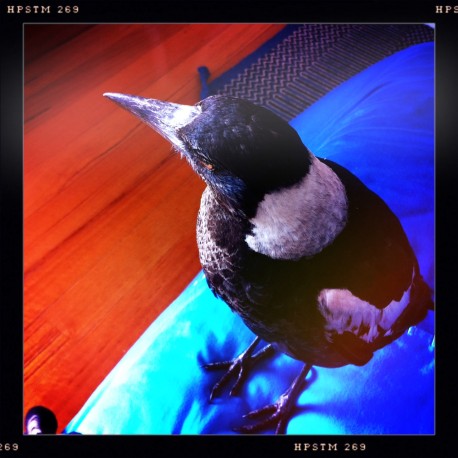
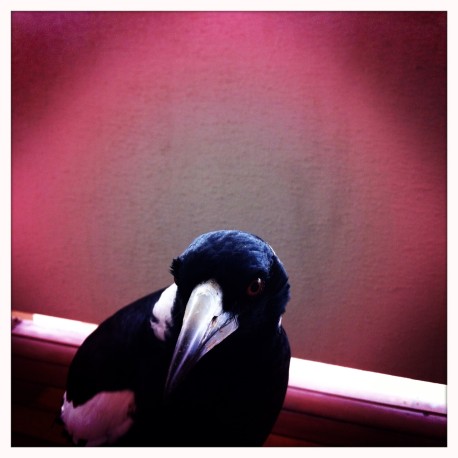
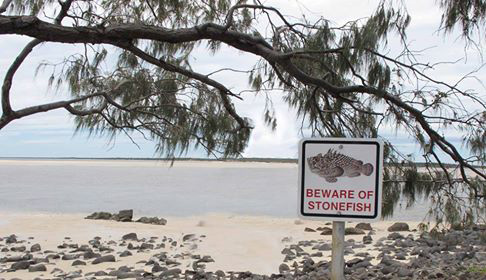
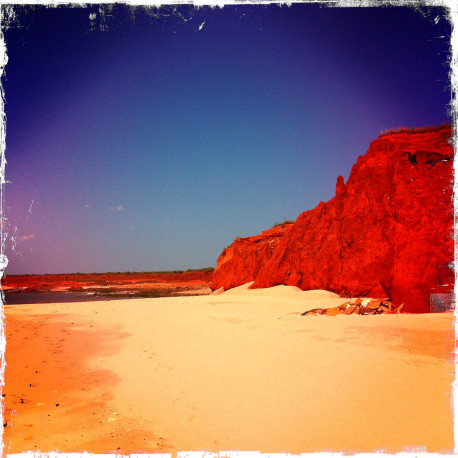
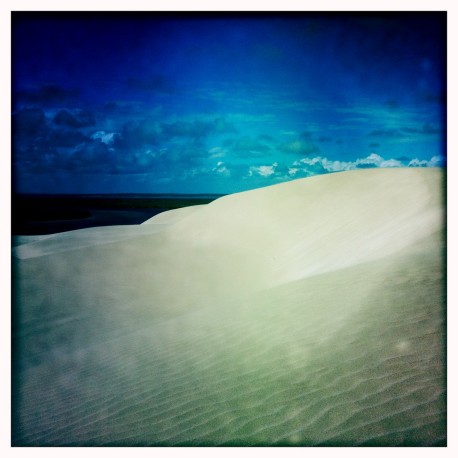
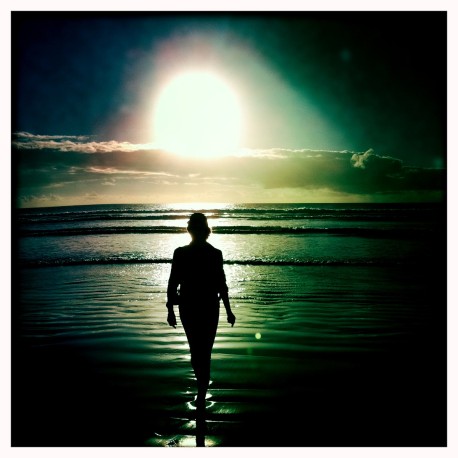














The opinions expressed by individual commentators and contributors do not necessarily constitute this website's position on the particular topic.